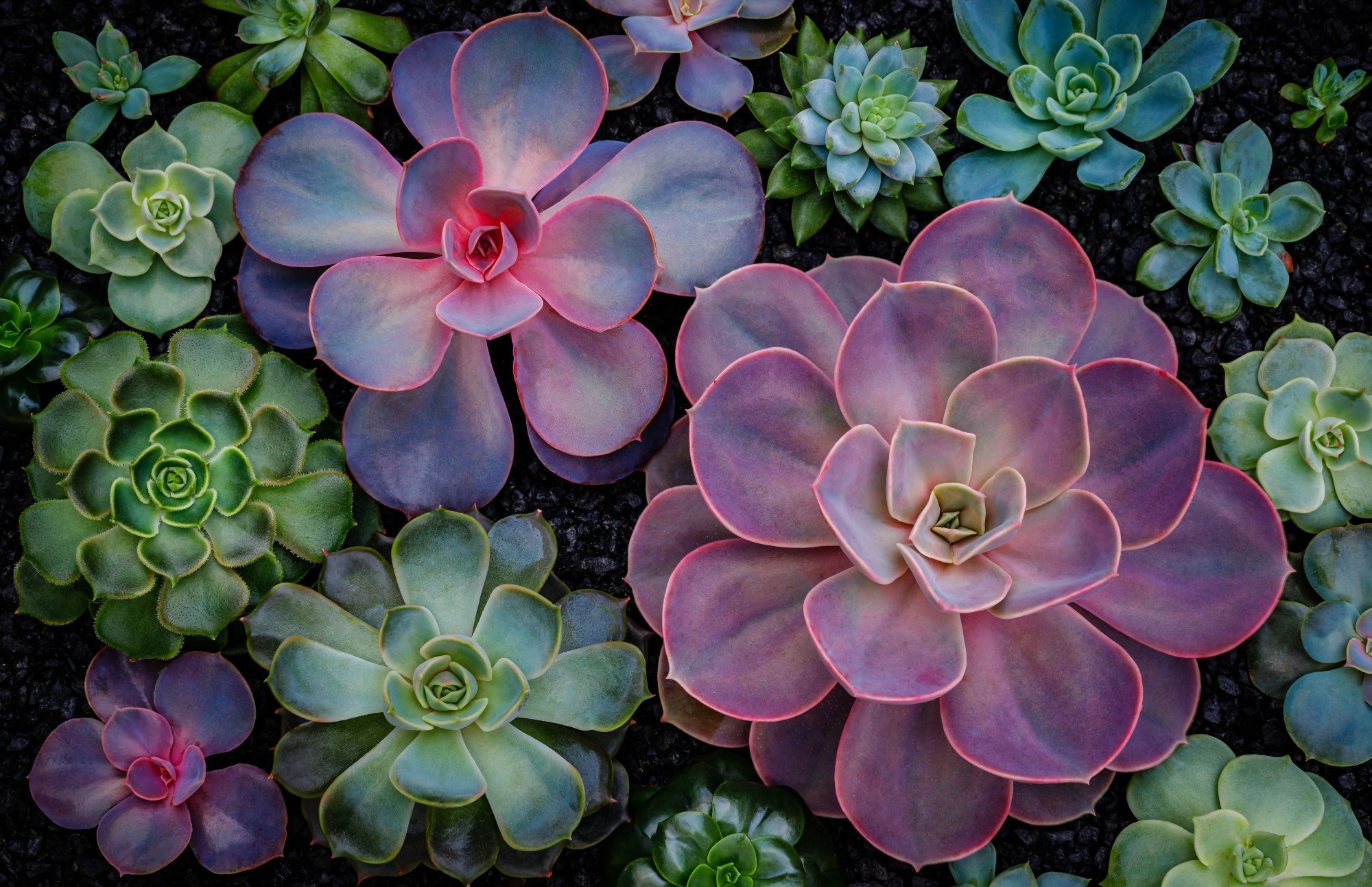In an article published in the journal Nature, researchers introduce LC-Net, a convolutional neural network (CNN)-based model for plant phenotyping through leaf counting. Using the SegNet model for leaf segmentation, LC-Net processed original plant images and segmented leaf parts to enhance accuracy.
 Study: LC-Net: Revolutionizing Plant Phenotyping with CNNs for Accurate Leaf Counting. Image credit: nnattalli/Shutterstock
Study: LC-Net: Revolutionizing Plant Phenotyping with CNNs for Accurate Leaf Counting. Image credit: nnattalli/Shutterstock
Background
Plant phenomics, particularly in the context of plant growth and leaf analysis, has gained prominence due to the critical need for high-yielding crops to address global food security challenges. The study aimed to enhance plant breeding and functional genomics by overcoming the limitations of laborious and expensive traditional plant phenotyping techniques. Existing methods, often reliant on manual labor or lacking in precision, hinder the understanding of correlations between genetic factors, environmental conditions, and expressed phenotypes.
Previous research in plant phenotyping has employed various deep learning-based techniques, showcasing advancements in leaf counting and segmentation. However, challenges persist, especially when dealing with small or overlapping leaves, variations in lighting, and complex backgrounds. This paper addressed these gaps by proposing LC-Net, a novel CNN model for leaf counting. LC-Net incorporated segmented leaf parts alongside original images, leveraging the superior leaf segmentation capabilities of the SegNet model.
The proposed model was evaluated against existing state-of-the-art techniques on combined computer vision problems on plant phenotyping (CVPPP) and KOMATSUNA datasets, demonstrating superior performance in accurate leaf counting, even in challenging scenarios such as overlapping leaves and diverse backgrounds.
Methodology
The LC-Net was introduced as a leaf-counting model for rosette plants, utilizing both red-green-blue (RGB) images and segmented leaf images to enhance accuracy. Leaf segmentation, a critical step, employed popular CNN models—DeepLab V3+, SegNet, U-Net, and Refine Net. SegNet was chosen due to its superior segmentation performance visually and numerically. A normalization layer was incorporated to eliminate unwanted pixels caused by uneven backgrounds or light reflections, enhancing segmentation precision. The LC-Net architecture combined the segmented output and leaf counting model, following a traditional computer vision system workflow.
Convolution blocks (CB), comprising convolution layers, batch normalization, and activation functions, formed the model's structure. The training was performed independently for the segmentation and counting models. While LC-Net demonstrated high leaf counting accuracy using segmented leaf regions, occasional inaccuracies in segmentation might impact counting precision. To mitigate this, both original and segmented images were inputted into LC-Net, along with a normalization layer to filter undesirable pixels. The LC-Net structure involved concatenating the two inputs, followed by CBs and max-pooling layers.
The model strategically used three CBs, with a reduced parameter size through the inclusion of one smaller filter convolution before each. The proposed model addressed challenges posed by varying image quality within the dataset, ensuring robust leaf counting accuracy by incorporating both original and segmented inputs. The normalization layer proved significant in enhancing segmentation outcomes.
Experimental results
The LC-Net model, designed for leaf counting in rosette plants, underwent comprehensive testing and training on an NVIDIA GeForce 1650 system with TensorFlow and Scikit-learn. The experimental results were twofold, focusing on leaf segmentation and leaf counting, utilizing well-known datasets: KOMATSUNA and CVPPP, merged for a combined dataset of 2010 images.
The datasets were partitioned into training, validation, and testing sets, with image preprocessing including resizing and augmentation. Leaf segmentation involved five CNN models, with SegNet showing superior results on the merged and CVPPP datasets, chosen as the segmentation model for LC-Net. Segmentation quality metrics such as accuracy, intersection over union (IoU), and dice score were evaluated, demonstrating the efficacy of SegNet in accurately segmenting leaves.
Metrics such as mean square error (MSE), abstract DiC, and percentage agreement were utilized. LC-Net consistently demonstrated superior performance, showcasing its effectiveness in accurately counting leaves. Furthermore, the study investigated the impact of the combined input (original and segmented images) on LC-Net's performance. A comparative study revealed that incorporating segmented images significantly enhanced the model's leaf-counting accuracy, emphasizing the importance of this combined input approach. The results indicated LC-Net's robustness and superiority over existing models, making it a promising tool for precise plant phenotyping in agricultural research.
Conclusion
In conclusion, this paper introduced LC-Net, a CNN-based model for accurate leaf counting in rosette plants using original and segmented leaf images as combined input. Evaluated on KOMATSUNA and CVPPP datasets, LC-Net demonstrated competitive accuracy compared to state-of-the-art leaf counting models. The incorporation of SegNet for leaf segmentation contributed to superior results. However, future work should address the model's performance on noisy images and explore optimizations using diverse algorithms. Additionally, 3D convolution models and advanced optimization algorithms could enhance accuracy.
Journal reference:
- Deb, M., Dhal, K. G., Das, A., Hussien, A. G., Abualigah, L., & Garai, A. (2024). A CNN-based model to count the leaves of rosette plants (LC-Net). Scientific Reports, 14(1), 1496. https://doi.org/10.1038/s41598-024-51983-y, https://www.nature.com/articles/s41598-024-51983-y